Test Amit sep
Yoga and meditation: holistic pathway for health and stress management
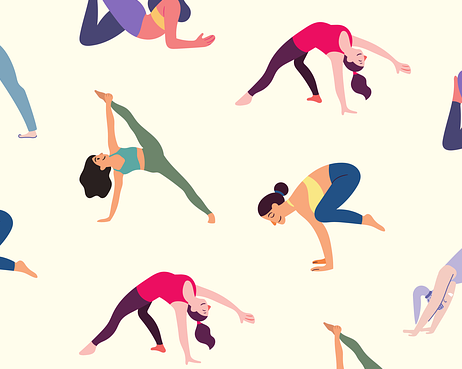
Yoga is an Indian practice centered on an exceedingly ancient and refined discipline that emphasizes nurturing harmony between the mind and body. This article discusses the concept, approach, and advantages of Yoga. It also elaborates the requisite practices and involved precautions.
"Yoga Is When Every Cell of the Body Sings the Songs of the Soul" - B.K.S Iyenger
What is Yoga
People believe that Yoga is merely postures which is not entirely true. The Sanskrit root yuj means to "bind" or "join together." Yoga essentially means "Union" or "Oneness. At the most profound spiritual level, Yoga empowers us to reveal ourselves, the true essence of our Being. Yoga is not just practice but a way of life, an art of righteousness, or an integrated approach to benefit the body, mind, and inner spirit. Yoga facilitates enhancing one's immunity and keeping oneself healthy.[1]
Effectiveness of Yoga
Yoga is advantageous in conditions where stress is believed to play a role. Numerous ancient Yogic practices, such as Yogasanas, Pranayama, Dhyana/meditation, cleansing, and other relaxation procedures, modulate the physiological stress response. Several worldwide studies have shown Yoga's effectiveness in managing several non-communicable diseases (Chronic Obstructive Pulmonary Disease (COPD), hypertension, bronchial asthma, diabetes, sleep disorders, depression, obesity, etc.). Yoga has also been helpful for vulnerable populations such as the elderly and children. The immune system's role is critical in response to infectious diseases. A growing body identifies stress as a cofactor in infectious disease susceptibility and its outcomes. Yoga has a significant role in the psychosocial care and rehabilitation of COVID-19 patients in quarantine and isolation. Yoga and meditation are instrumental in easing fears and anxiety in post-covid recovery. Management of stress and anxiety, depression, improving immunity, and psychosocial rehabilitation are also warranted in this current scenario of COVID.
Different sections of society can use a yoga-based lifestyle in the present scenario are presented with the following objectives:
- To improve immunity against infections in general among the population.
- To reduce susceptibility to infections in vulnerable populations (children, elderly, and those with comorbid conditions such as diabetes and hypertension) and those patients in quarantine (isolation/) with or without symptoms (mild or severe).
The government of India, with the Ministry of AYUSH, has also released advisory assessments by yoga experts. Advisory stipulates guidelines for yoga professionals (Certified Yoga professionals/ instructors/ teachers/ and therapists) to impart a safe set of Yoga practices based on available scientific pieces of evidence (data) to teach individuals/practitioners from distinct sections of society. [2]
Practices and Asanas
Yoga Practices for prevention, rehabilitation, and increased immunity are mentioned below:
Shodhana Kriya (Yogic cleansing practices): this practice includes Jalaneti, and Sutra Neti Kapalbhati, which help in cleansing sinuses, and are beneficial in allergic conditions and reduce upper airway reactivity.
Yogic Sukhma Vyayamas/shithi-likarana Vyayamas/ Pawanamuktasana series (Joint movements): Neck, Shoulder rotation, Trunk movement, Knee movement, and Ankle rotation which help to increase blood circulation, reduce stiffness, enhances joint flexibility and helps to facilitate asana practices.
Yogasana: Standing, Sitting, Prone, and Supine lying postures. Trikonasana, Tadasana, Ushtrasana, Utthana Mandukasana, Vakrasana, Sarala Matsyasana, Bhujangasana, etc. practices improves chest expansion and cardio-pulmonary functions.
Meditative (Breath awareness, Dharana, and Dhyana): Meditation practices helps reduce anxiety and stress by lowering our cortisol level and improving the alpha brain wave. It also balances the functions of the neuroendocrine system, thereby strengthening the immune system.
Kapalbhati: Improves pulmonary functions and reduces secretions. Beneficial preparatory practice for pranayama practice. It also helps to cleanse frontal sinuses.
Breathing and Pranayama: It includes Sectional breathing, Nadishodhana, Ujjayi & Bhramari. Nadishodhan pranayama reduces sympathetic activity, stimulates parasympathetic activity, and helps decrease stress and anxiety. Ujjayi breathing increases the oxygen saturation inside the body.
Bhramari pranayama: It is similar to humming, can increase Nasal Nitric Oxide (NO), improve the blood flow to the ciliary epithelium, and also possesses anti-inflammatory action. Yoga Nidra (Pratyaahara): Reduction in sympathetic arousal, reduced emotional distress, and improved sleep quality. It also rejuvenates our body and helps us to keep the mind calm.
Precautions and Safety
Following are the general guidelines and precautions for yoga practices.
Yoga practitioners should follow the guiding/precautionary principles given below while performing/preparing for Yogic practices:
- Before the practice: Perform the Yoga practices according to one's capacity, cleanliness of surroundings, body, and mind. Training should be performed with a relaxed body and mind and on an empty stomach. Use a mattress, Yoga mat, durrie, or folded blanket, and wear light and comfortable cotton clothes. Yoga and meditation should not be performed in a state of exhaustion, in a hurry, or under acute stress conditions. Moreover, a physician or a Yoga therapist should be consulted before acting Yogic practices in case of chronic disease or pain, cardiac problems, pregnancy, or surgery.
- During the practice: Practice sessions should start with a prayer. Then, it should be performed slowly, relaxedly, with awareness of the body and breath. Breathing should always be through with the nostrils unless instructed otherwise. There are contraindications/ limitations for each Yoga practice, and such contra-indications should always be kept in mind. Yoga sessions should end with meditation/ deep silence / Sankalpa etc.
- AFTER PRACTICE: Practitioners can take a bath after 20-30 minutes of Yoga is advised. Food can be consumed approximately after 30-45 minutes of the Yoga practice.
Through the corona pandemic, people became more stressed and dreaded, weakening the immune system and compromising overall wellbeing. Yoga vividly facilitates the practitioners in building psycho-physiological wellbeing, pranic balance, and emotional coherence, thereby managing everyday stress and its derived consequences. Yoga is an Indian practice centered on an exceedingly ancient and refined discipline that emphasizes nurturing harmony between the mind and body.[3]
References
How would you rate this Article ?
Press the number of stars to rate this Magazine.
4.8 Author Points.
Based on 13 Magazines written by this author.
No Magazine Ratings yet







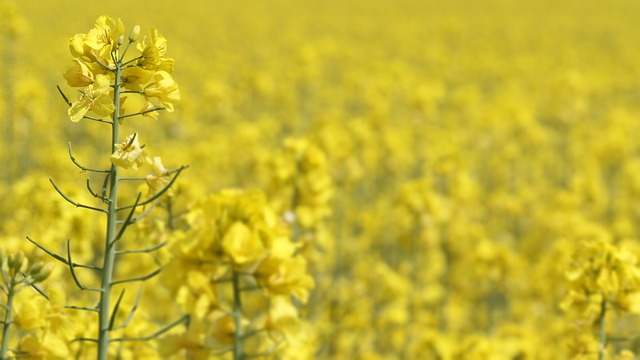
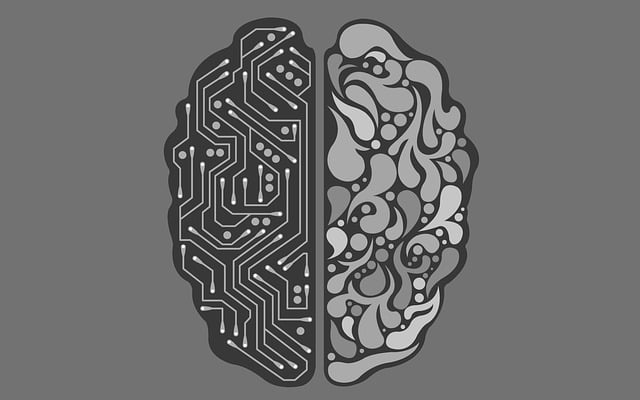
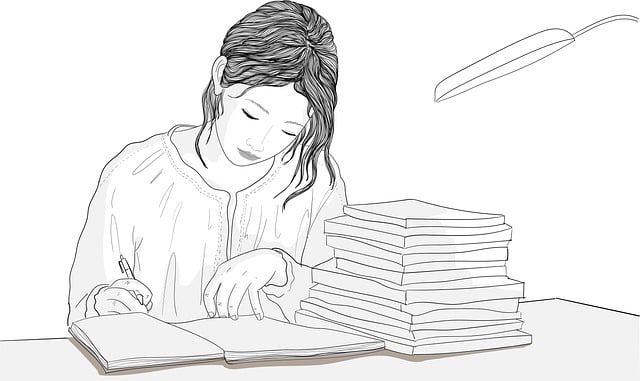


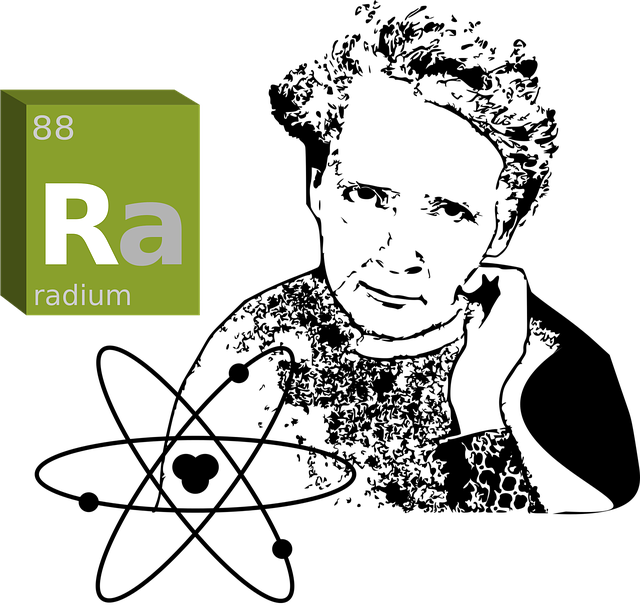









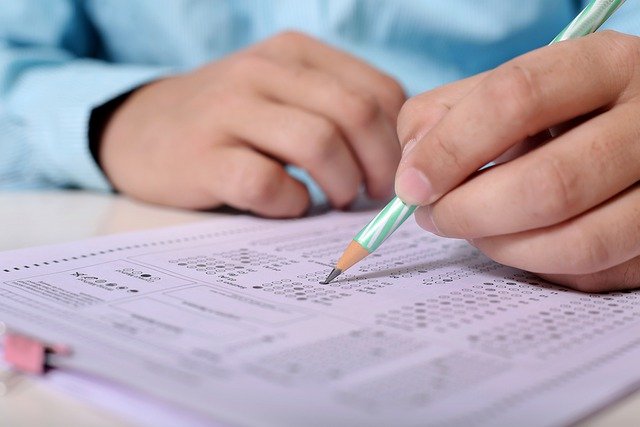


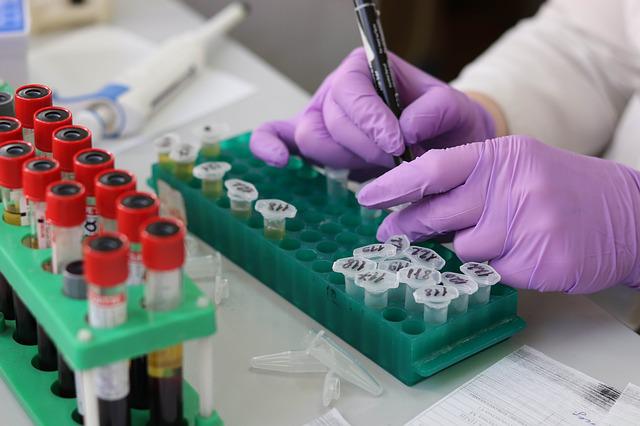




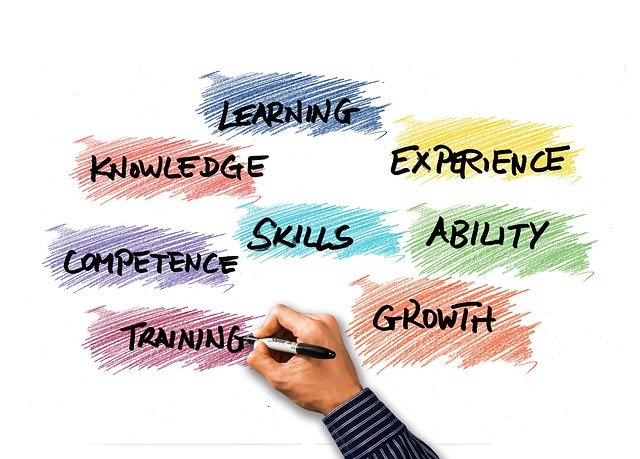



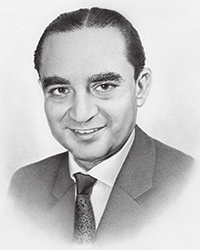
Please Sign In or Sign Up to leave a Comment.